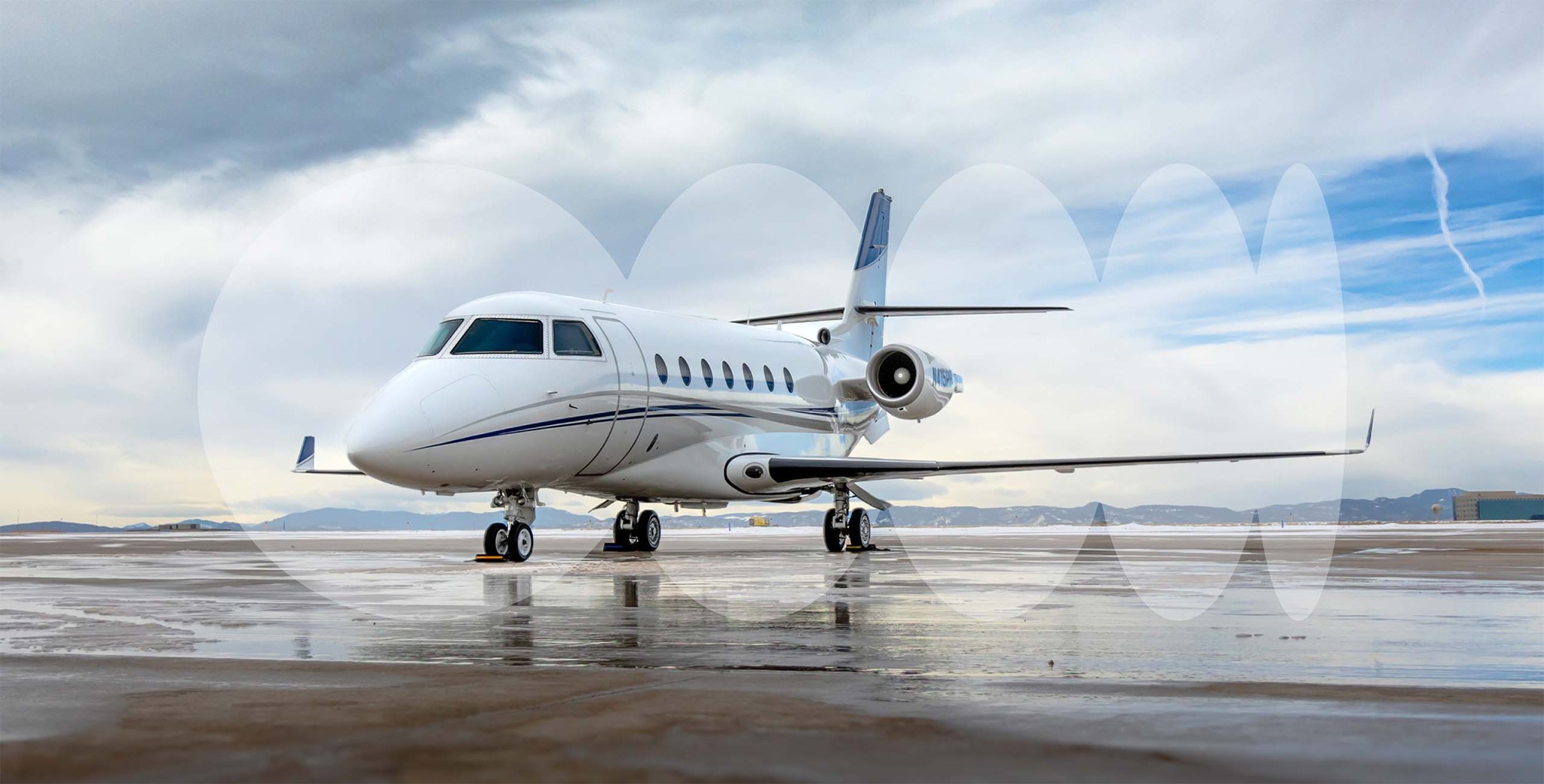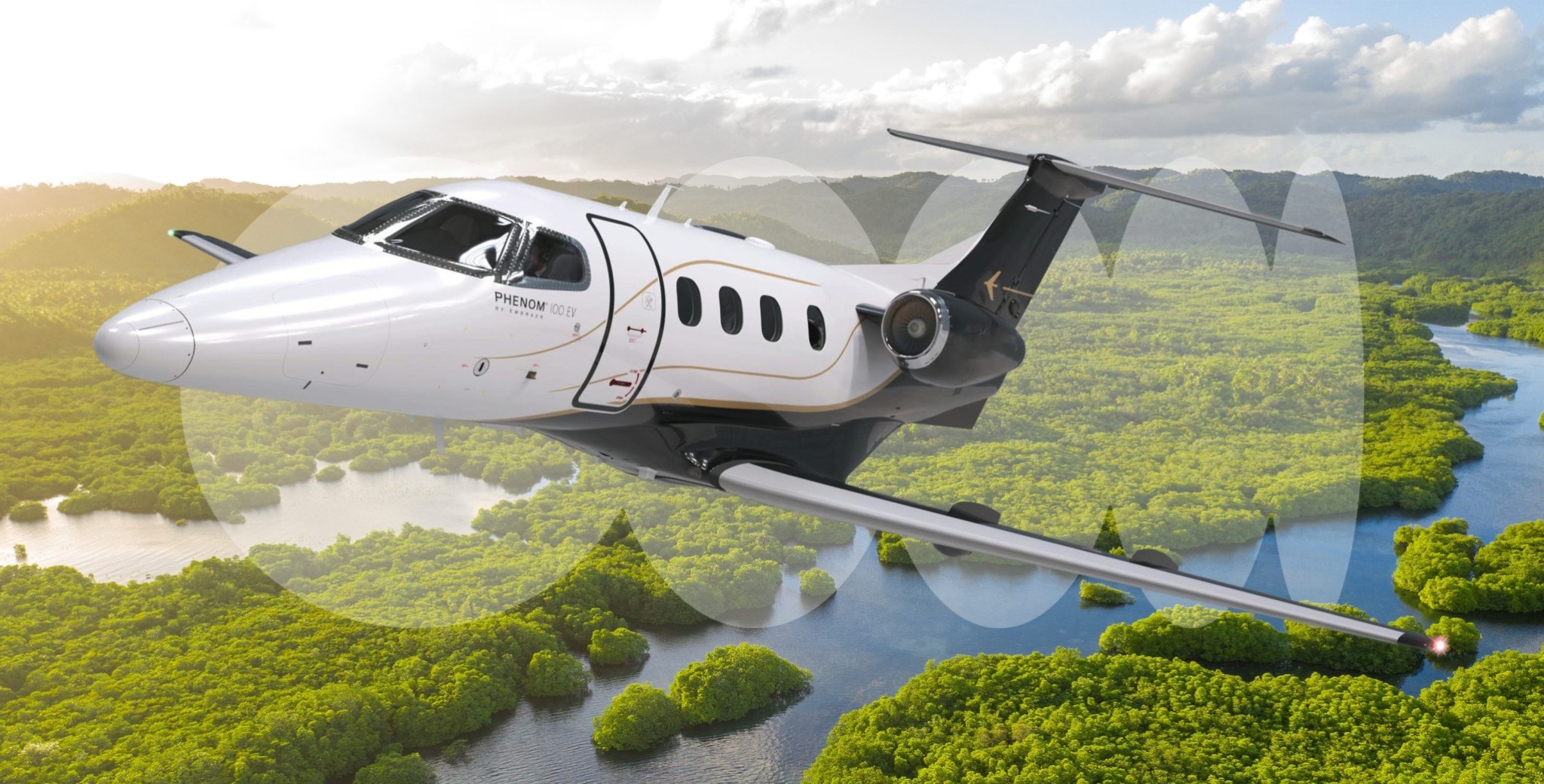
Comparing the Latitude vs. Sovereign+
Date
March 4, 2021Making the Decision Between Two Amazing Aircraft

I am no stranger to researching aircraft and finding the best aircraft for my clients’ mission, budget and long-term ownership needs. But rarely does my search narrow down to two aircraft built by the same manufacturer. Several months ago, I had the opportunity to research and demo both the Sovereign+ and Latitude, thanks to a client who was considering both aircraft resulting from the mission and budget analysis we conducted for them. That is when I learned how remarkably similar these two aircraft are. Furthermore, I couldn’t understand why Textron was continuing to build both airframes when it seems they are competing against themselves – confusion that was recently addressed when Textron announced they were ceasing manufacturing of the Sovereign+. So, despite Textron’s commitment to the Latitude for new aircraft buyers, these two similar aircraft will continue to compete in the pre-owned market for years to come, and I am certain I’m not the only one who has asked these questions, so I thought I’d share my findings.
For over three years, I have been the market expert on the Citation XL series here at jetAVIVA resulting in my handling of numerous transactions on the Excel, XLS and XLS+. More recently, I was assigned the Latitude and Sovereign/+ markets, and like any good “market expert” would do, I went to work creating my super-secret-squirrel spreadsheets and database algorithms to assess the market in an apples-to-apples comparison. This allowed me to look at both aircraft for sale as well as recently traded comps to give me real-time market data. This is no easy task considering different year models, hours, condition, engine programs, maintenance status and other options or modifications that should be considered. But by applying the same methodology to this market as I have on the XL series, I was soon able to look at my data with confidence and knew what each aircraft was worth on any given day.
One thing I’ve discovered more recently however, is an interesting value trend when comparing the Sovereign+ versus the Latitude. In looking at values for aircraft manufactured in 2015 and newer over the past 5 years, it appears the Latitude is holding its value better than the Sovereign+. When new, the retail price of the Sovereign+ was approximately $2M higher than a Latitude manufactured the same year. Over time however, the Sovereign+ has depreciated at a higher rate than the Latitude resulting in values that are equal or within $500,000 of each other for the same model year.

At first glance, the data made it look like the Latitude was holding its value better than the Sovereign+, but then I looked closer. Demand for the Sovereign+ appeared to be higher than the Latitude, so why would the Latitude hold its value better? Is the Latitude market due for a price adjustment? Or are the book values skewed because they do not take into account the discounts Textron seems to consistently extend to new aircraft buyers? Are new Sovereign+ aircraft really selling for $2M more than the Latitude after the discounts are applied?
In 2020, 8 new Latitudes sold to retail buyers, whereas only 2 new Sovereign+s have sold to retail buyers so far this year. Yet when considering pre-owned transactions, more Sovereign+s traded in 2020 than pre-owned Latitudes (8 vs. 6) even though the market consists of roughly 122 Latitudes in service (245 total, but half the fleet is with Netjets) versus the 90 Sovereign+ aircraft in service today.
Then, consider the introduction of the Longitude certified in 2019. True to the Textron tradition of manufacturing, the Longitude shares many of the same parts and design features of the Latitude, only it’s a stretched version. This allows for assembly-line efficiencies, which is evidenced at Textron’s manufacturing plant in Wichita where the same tooling and many of the same parts can be used for both aircraft as they move side-by-side down the factory floor.
Then there are the performance numbers. After a careful review of the performance numbers on both aircraft as well as cabin dimensions and seating configurations, the waters only get muddier. The Sovereign+ is slightly better in just about every category except cabin diameter and cabin altitude (pressurization) when compared to the Latitude. For many buyers, this is the difference between making a critical trip non-stop, or giving them that one extra seat that they really need. Both airplanes share the same engines, same avionics package, same wings and same tail. But since the diameter of the Latitude fuselage is larger, it is slightly slower and therefore has slightly less range. The Sovereign+ has an increased full fuel useful load by 255 lbs., is 25 knots faster, can go 2,000 feet higher and has a higher passenger capacity. The Latitude meanwhile, has a cabin that is 11 inches wider, 6 inches higher and boasts larger cabin windows for maximum sky-gazing. The Latitude also has a significant cabin altitude difference over the Sovereign+, which provides a 5,950 foot cabin altitude at 45,000 feet (9.66 psi), versus a 7,230 foot cabin altitude at 47,000 feet (9.30 psi), leaving passengers feel more refreshed after a long flight. Sure, there is a huge difference in the cabin with the dropped-aisle on the Sovereign+ versus the flat floor on the Latitude making it feel roomier, but this really comes down to personal preference more than anything.


The standard seating configuration of a Latitude is 8 seats, which includes a forward four-place club, two forward-facing seats in the aft cabin, and a two-place divan across from the main entry door. Whereas the most common seating configuration of the Sovereign+ is 9 passengers, including a double club seating configuration for 8 passengers as well as a side-facing seat across from the main entry door. And while 9 passenger seating is the most common on the Sovereign+, the length of this airplane allows it to be certified for up to 12 passengers.
There are certainly many factors when a manufacturer decides to sunset production on a popular airframe, but in light of Textron’s investment into both the Latitude and Longitude this decision comes as no great surprise, and should set Textron up for success in both new and pre-owned aircraft sales for years to come. However, the decision on which of these products is the right fit for any one buyer is best made with guidance from a neutral third party. My role is to help buyers navigate these complex decisions, and make sure they end up with the solution that is best for them.



